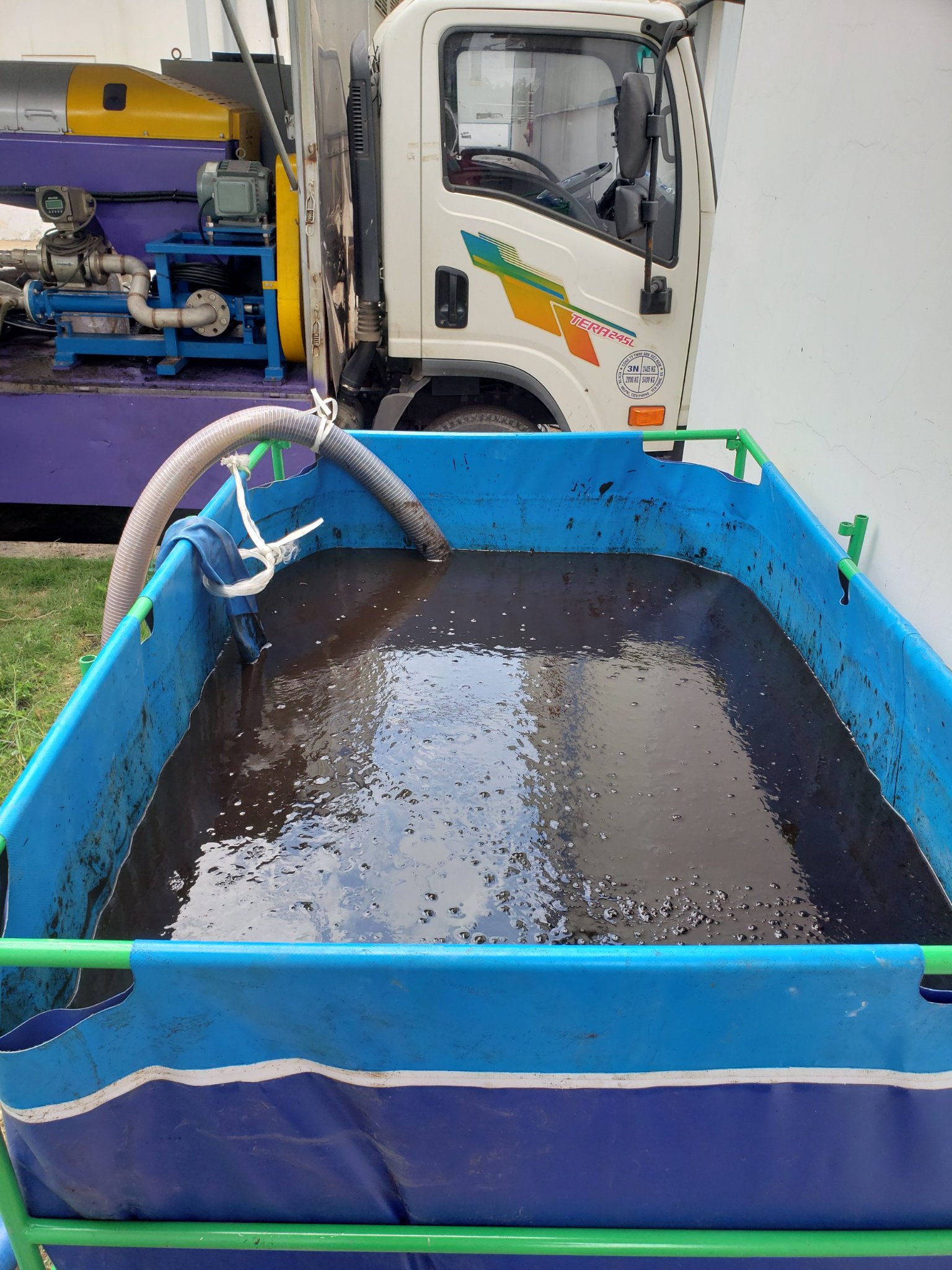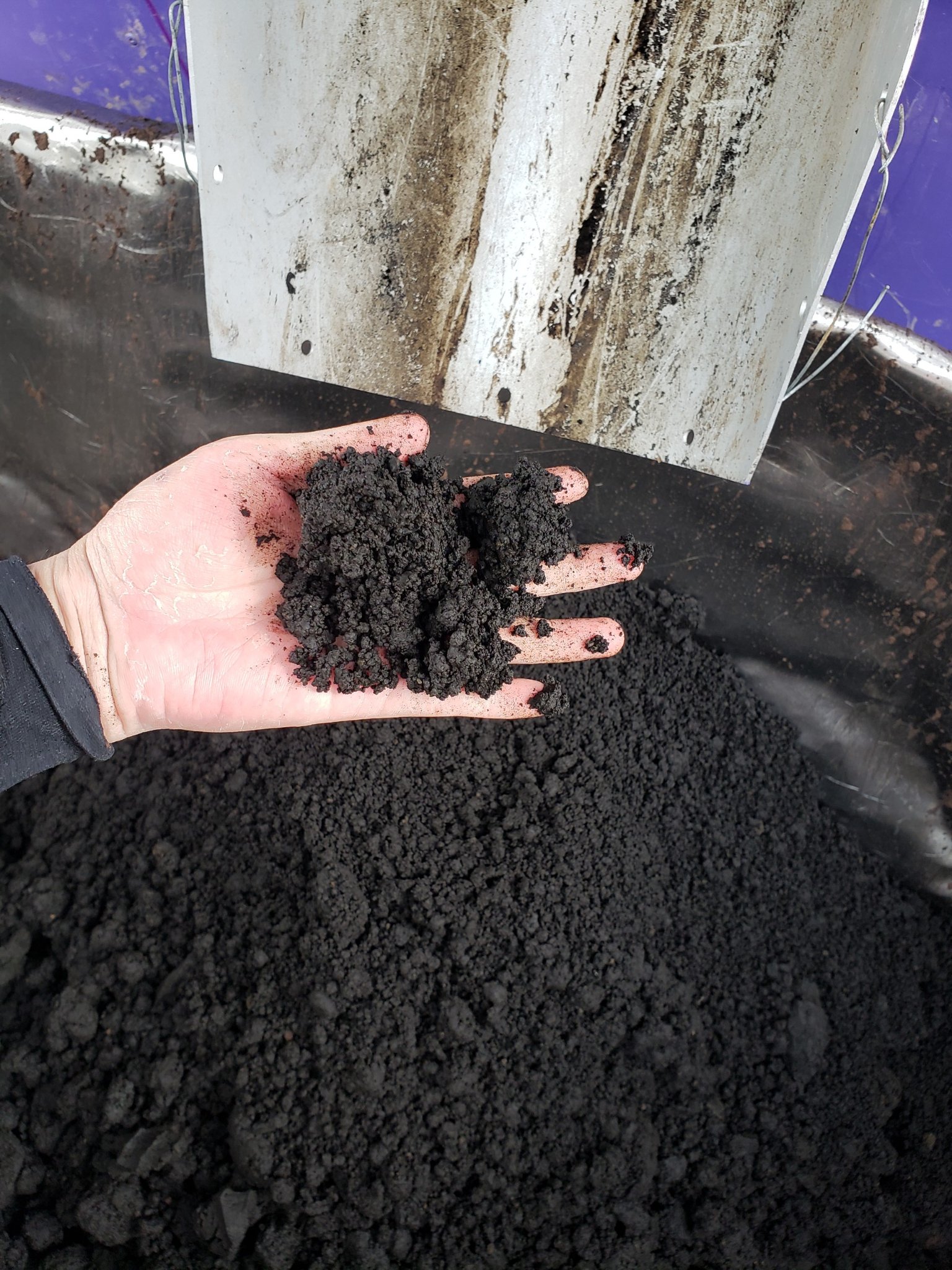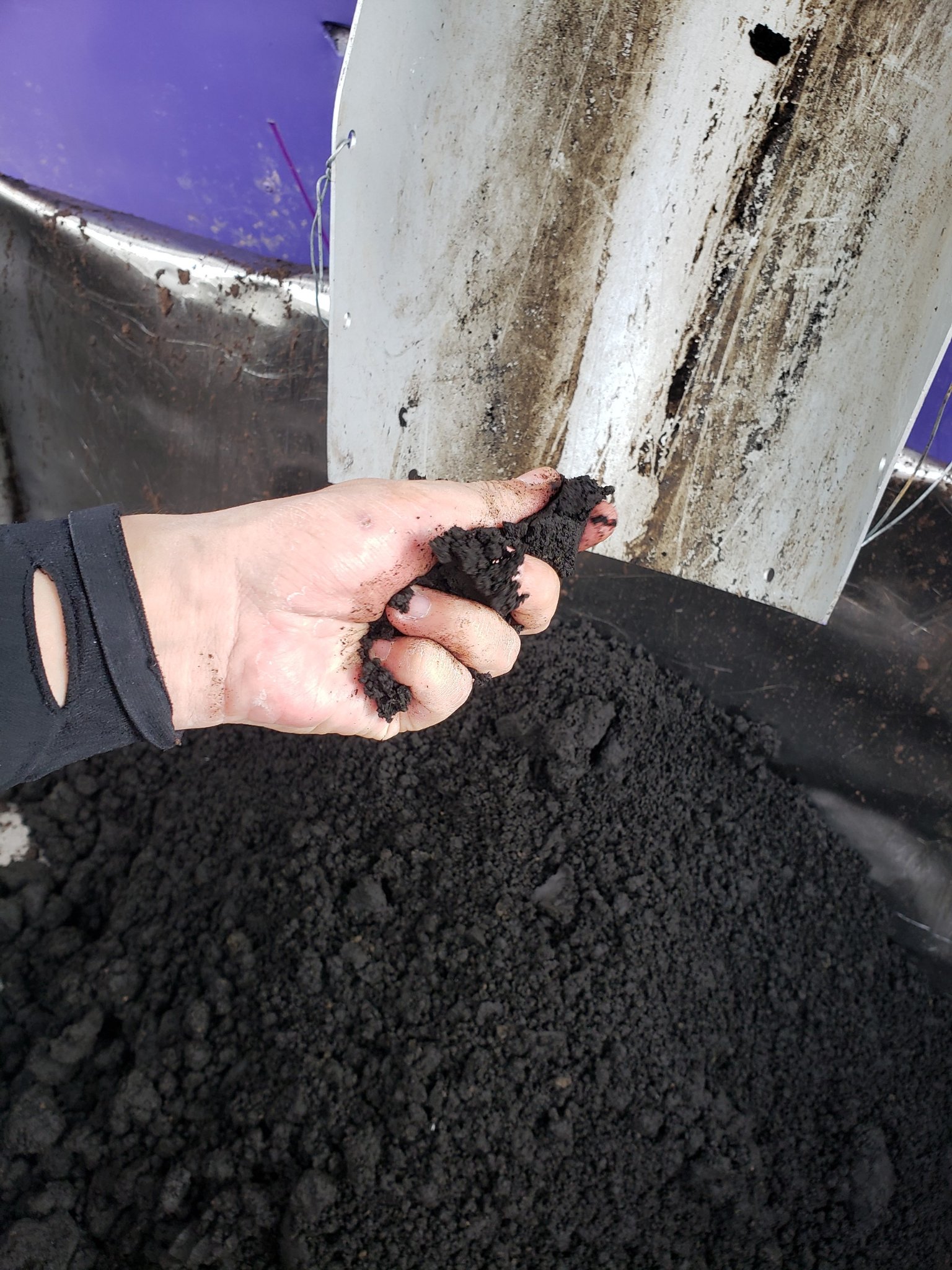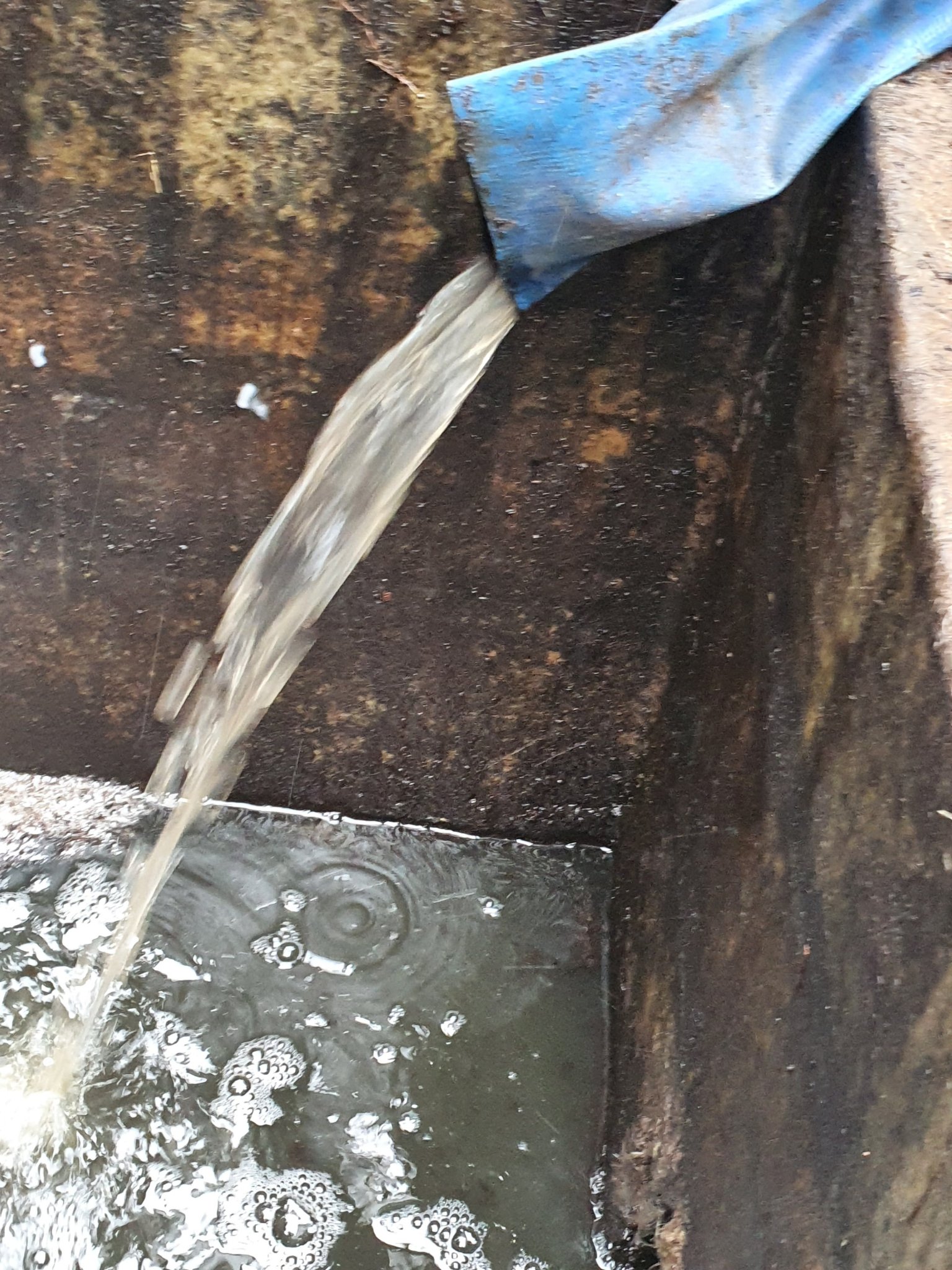Coffee processing industrial wastewater is a type of wastewater generated from the stages of coffee processing, production, and washing. In particular, wastewater generated from coffee washing and grinding processes has very high concentrations of pollutants such as COD, BOD, SS and low pH. These types of pollutants exceed the allowable number of times specified in the standard document QCVN 40/2011.
Learn about coffee processing wastewater
The origin of coffee processing industry wastewater includes domestic wastewater from bathrooms, toilets, and kitchens at coffee production and processing factories. These wastewaters are collected from septic tanks into wastewater storage tanks together with other types of wastewater generated from the hygienic production of coffee processing materials or water from cleaning machinery and equipment. Industrial equipment.
Besides grinding coffee beans, wastewater from the coffee processing industry is also generated from the steps of scrubbing the coffee beans and soaking the coffee beans with enzymes. Wastewater at these stages contains many pollutants, with low concentrations of pollutants such as BOD, COD, and TSS. Coffee processing technology in factories in Vietnam does not have a stage of separating the coffee beans before being put into the coffee processing system, which makes the wastewater generate more residue than other coffee processing plants. Factories with the same function in foreign countries. Therefore, the pollution concentration of wastewater in Vietnam is much higher than that of similar factories abroad.
The composition of wastewater from the coffee processing industry contains components such as low pH between 6-7, concentrations of pollutants such as COD, BOD, TSS, total nitrogen, total phosphorus, total coliforms, etc. many times higher than the allowable level specified in the standard document on industrial wastewater: QCVN 40/2011/BTNMT.
Table of properties of coffee wastewater
| No. | Parameter | Unit | Value | QCVN 40:2011/BTNMT |
| 1 | pH | – | 5.1-5.6 | 5.5-9 |
| 2 | COD | mg/l | 3.100-4.210 | 150 |
| 3 | BOD | mg/l | 1.100-3.210 | 50 |
| 4 | Suspended Solids (TSS). | mg/l | 700-870 | 100 |
| 5 | total P | mg/l | 5.5-6.5 | 6 |
| 6 | Total Nito | mg/l | 180-298 | 40 |
Harmful effects of coffee processing industry wastewater
For the environment, the discharge of untreated coffee processing industry wastewater into the environment will cause serious harm. The pollutants present in the coffee processing wastewater will cause the pH of the water in the environment to change, causing an imbalance and a difference in the properties of the water. This will affect the lives of animals and plants living in that water environment.
In addition, wastewater also contains harmful substances such as organic and inorganic compounds, heavy metals, antibiotics, pesticides, etc. All these substances can cause harmful effects. serious for human health, animals and plants in the environment.
Besides, coffee processing wastewater also can cause environmental barrenness, making the environment uncomfortable, no longer living conditions for organisms and affecting the livelihoods of communities. copper there.
Environmental pollution caused by wastewater from the coffee processing industry
Coffee processing industry wastewater not only causes serious pollution to water sources but also affects the health of humans and animals in the living environment. Pollutants in wastewater such as COD, BOD, SS, Coliforms, Nitrogen, and Phosphorus can significantly degrade environmental quality, make water sources polluted and reduce renewable capacity, affecting health and human health. human and animal health.
Solution for handling
The treatment of wastewater from the coffee processing industry becomes extremely important and necessary to preserve and protect the living environment. There are many different methods to treat wastewater, but the most popular and effective method today is the use of microbial wastewater treatment systems.
Microbial wastewater treatment systems can help remove harmful substances and other pollutants from coffee processing industrial wastewater and convert it into clean wastewater that can be reused or discharged. discharged into the environment without causing serious effects.
Wastewater treatment works for the coffee processing industry
To solve the problem of wastewater pollution in the coffee processing industry, coffee production and processing factories need to apply wastewater treatment technologies to minimize adverse impacts on the environment. The commonly applied coffee processing industry wastewater treatment works include the following stages:
1. Physical handling
Remove solids and suspended matter using filters, clarifiers, presses, and dosing tanks. This step helps to remove most of the solids, suspended solids, and residues in the wastewater, minimizing adverse impacts on the environment.
2. Chemical treatment
Use chemical substances for wastewater treatment such as flocculants, alum, oxidants, etc. This stage helps to clean and remove pollutants in the wastewater, helping the wastewater to reach a safe level before being discharged into the environment.
3. Biological treatment
Use biological processes to treat wastewater such as using microorganisms and bacteria to decompose organic matter. This stage helps to create beneficial bacteria in the decomposition of organic matter and wastewater treatment. The process is carried out in biological treatment tanks, in which bacteria break down organic matter and convert them into more harmless substances, such as CO2 and water.
Biological treatment tanks provide a favorable environment for the growth of these bacteria, with conditions such as humidity, temperature, and redox concentration. These tanks can be divided into consecutive tanks, with each tank having a different function to optimize the wastewater treatment process. After the wastewater is treated in biological tanks, it will be transferred to chemical treatment tanks to continue the treatment process and remove the remaining toxic substances.
Process System
The process of the following treatment system is often consulted and constructed by our company, providing environmental materials and materials for coffee processing factories, always ensuring the quality of wastewater after treatment. meet the standard column A of the document QCVN4/2011/BTNMT.

Explain the scheme of wastewater treatment for coffee processing
Wastewater after the cleaning process of coffee beans or residues from ground coffee beans, etc., is collected into a collection tank starting through the treatment system, where there are screens to remove the waste. Large solid waste. This tank needs periodic maintenance to clean the garbage screens to avoid blockages here, affecting the stable operation of the system.
Wastewater is transmitted through the sedimentation tank, where settling large chemicals out of the wastewater takes place before being put into the conditioning tank to continue the next stage of treatment.
Air tanks
Has the effect of regulating the flow of wastewater in the entire system to keep the system at its highest efficiency.
The next stage of the coffee processing industrial wastewater treatment system is the UASB tank, which is an anaerobic biological tank that treats wastewater with high concentrations of organic matter and is difficult to decompose. Wastewater continues to be transmitted to the next stage.
Anoxic tank (anoxic biological tank)
Used to remove nitrogen and phosphorus chemicals in wastewater, the operating principle of this tank is based on microorganisms decomposing and polluting nitrogen and phosphorus compounds.
Aerotank
Used in combination right behind the Anoxide tank, it has the effect of treating odors and eliminating bacteria and pathogens present in coffee processing industrial wastewater. In addition, this treatment system does not need to add organic matter, then we can control the amount of DO in the wastewater. However, installing a tank location like this system has a slight disadvantage in that the amount of nitrogen input will be low, then it is necessary to have a pump to transfer wastewater back to the Anoxide tank from the Aerotank tank for the system to achieve effective treatment. Optimal management.
Biological settling tank
As the next stage of the treatment system, the biological settling tank also has the effect of filtering the suspended wastes present in the wastewater by taking advantage of gravity to settle the wastes to the bottom of the tank to increase the treatment efficiency for the wastewater. System. This tank is widely used in industrial wastewater treatment systems. After the wastewater is stored in the tank for a certain time, it will be transferred to the next stage. The sludge is deposited in this tank and the UASB tank will be transferred to the sludge tank to be treated outside (squeeze the sludge and then bury it).
intermediaries
Is the next stage of the treatment system to prepare to treat wastewater by physicochemical methods in the flocculation and flocculation tank.
Chemicals are supplied directly to the treatment system at the flocculation and flocculation tank, and chemicals such as PAC, Polymer, and NaOH are supplied to the tank to remove and remove solid waste particles of enormous size. completely small from wastewater. Wastewater after treatment here will be transmitted to the next stage.
At this stage, the wastewater is treated in a physicochemical settling tank, which also has the same effect as the biological settling tanks, etc., the coffee processing industry wastewater treatment system will be designed so that the wastewater is stored in the water. Tank for some time to settle the pollutant waste, remove it from the wastewater, then the wastewater is passed through the disinfection tank for the next stage.
Disinfection tank
Provided by environmental companies, javelin chemicals have the effect of disinfecting, disinfecting, and eliminating pathogens in wastewater.
Pressure filter tank
As the next industrial wastewater treatment tank of the treatment system, this tank has the effect of removing the residue left after the settling of biological settling tanks, physicochemical settling tanks, etc. to ensure wastewater. After treatment, wastewater must meet the standards of 40/2011/BTNMT.
Sludge machine for coffee processing wastewater treatment
With special wastewater characteristics, COD concentration and color are very high, making it difficult to separate sewage sludge. However, when using ARK's centrifugal slurry press, the job of squeezing sewage sludge for coffee processing plants becomes easier than ever. Here are a few actual pictures that ARK Vietnam centrifuges test run at a coffee processing factory:
When building a wastewater treatment system for a coffee processing plant. The selection of sludge treatment equipment is indispensable. If you need the best quality and suitable slurry, press to treat coffee sludge. Please contact ARK Vietnam for advice and the best solution.






Interested in your wastewater treatment for coffee processing setup.
Whatapp: +65.972 474 58.
Tks.